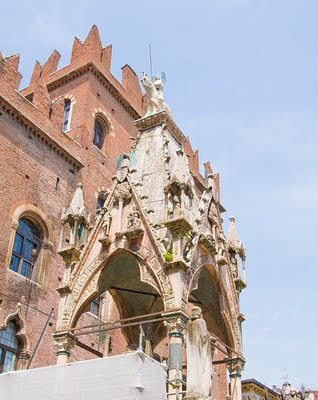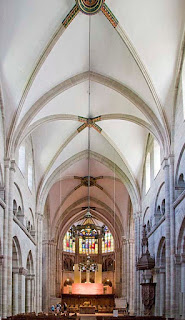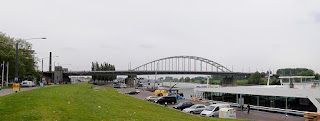The Villa Rey campsite - the only one in the vicinity of Turin - sits atop an impossibly steep hill behind the town and is accessed by a gear grinding switchback road devoid of passing places. The condition of the site was not for the faint of heart and it took all the courage we could muster to slurp the black tank into the insect smothered orifice provided for the purpose, let alone contemplate taking on fresh water. We were glad to be gone once our mission was completed
Turin is capital of the Piedmont region of Italy and is located between the Po River to the southeast and the arc of the Alps separating Italy from Austria, Switzerland and France. With a population of around 900,000, Turin is the third largest metropolitan area in Italy, after Milan and Rome.
 In the 18th century, Turin was the birthplace of efforts to unify Italy and actually became the capital city in 1861 before this responsibility was moved, first to Florence and then, finally, to Rome. To compensate for the economic and prestige loss caused by the transfer of government, Turin industrialized itself in the latter part of the 19th century with, among other things, the establishment of Fabrique Italian Automobile Torino better known as FIAT. Lancia and Alfa Romeo automobiles are also headquartered there.
In the 18th century, Turin was the birthplace of efforts to unify Italy and actually became the capital city in 1861 before this responsibility was moved, first to Florence and then, finally, to Rome. To compensate for the economic and prestige loss caused by the transfer of government, Turin industrialized itself in the latter part of the 19th century with, among other things, the establishment of Fabrique Italian Automobile Torino better known as FIAT. Lancia and Alfa Romeo automobiles are also headquartered there.
Many of the city's public squares, castles, gardens and palazzi were built by Sicilian architect Filippo Juvarra in baroque, rococo and neo-classical styles modeled after the classical French architecture of Versailles. Turin is also famously known as the home of the contentious Shroud of Turin. See pictures about town here.
Turin is capital of the Piedmont region of Italy and is located between the Po River to the southeast and the arc of the Alps separating Italy from Austria, Switzerland and France. With a population of around 900,000, Turin is the third largest metropolitan area in Italy, after Milan and Rome.
 In the 18th century, Turin was the birthplace of efforts to unify Italy and actually became the capital city in 1861 before this responsibility was moved, first to Florence and then, finally, to Rome. To compensate for the economic and prestige loss caused by the transfer of government, Turin industrialized itself in the latter part of the 19th century with, among other things, the establishment of Fabrique Italian Automobile Torino better known as FIAT. Lancia and Alfa Romeo automobiles are also headquartered there.
In the 18th century, Turin was the birthplace of efforts to unify Italy and actually became the capital city in 1861 before this responsibility was moved, first to Florence and then, finally, to Rome. To compensate for the economic and prestige loss caused by the transfer of government, Turin industrialized itself in the latter part of the 19th century with, among other things, the establishment of Fabrique Italian Automobile Torino better known as FIAT. Lancia and Alfa Romeo automobiles are also headquartered there.Many of the city's public squares, castles, gardens and palazzi were built by Sicilian architect Filippo Juvarra in baroque, rococo and neo-classical styles modeled after the classical French architecture of Versailles. Turin is also famously known as the home of the contentious Shroud of Turin. See pictures about town here.
















































